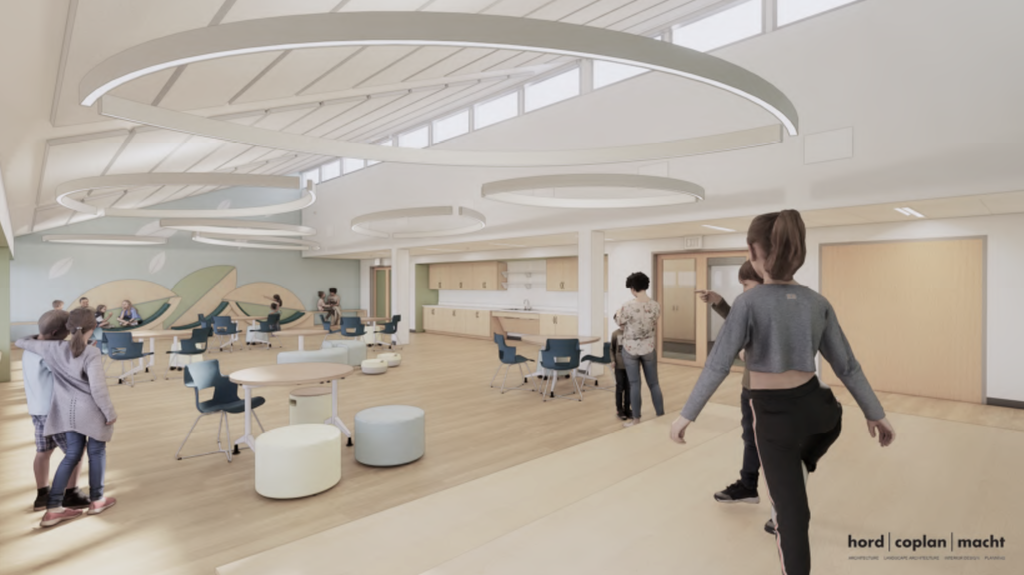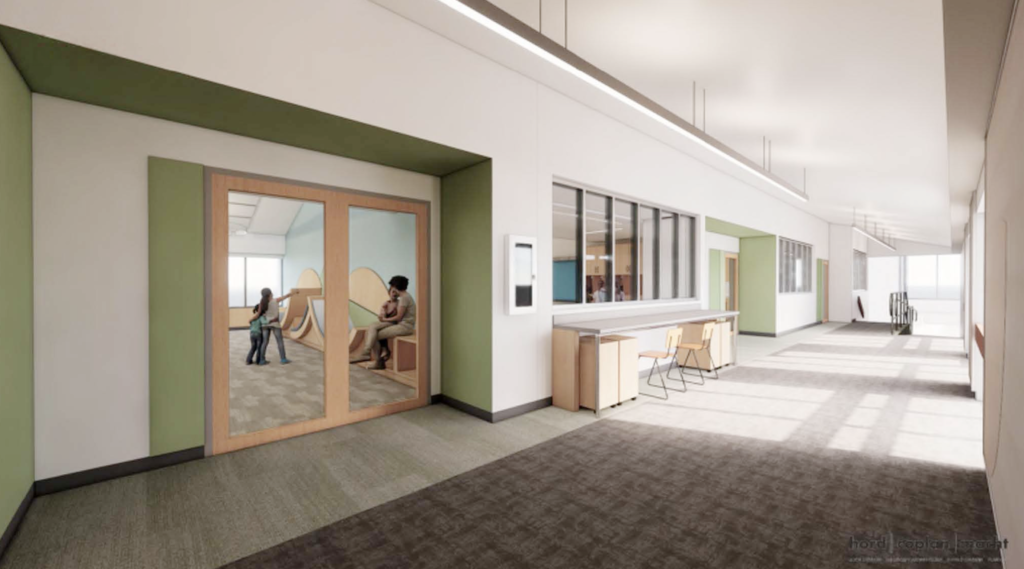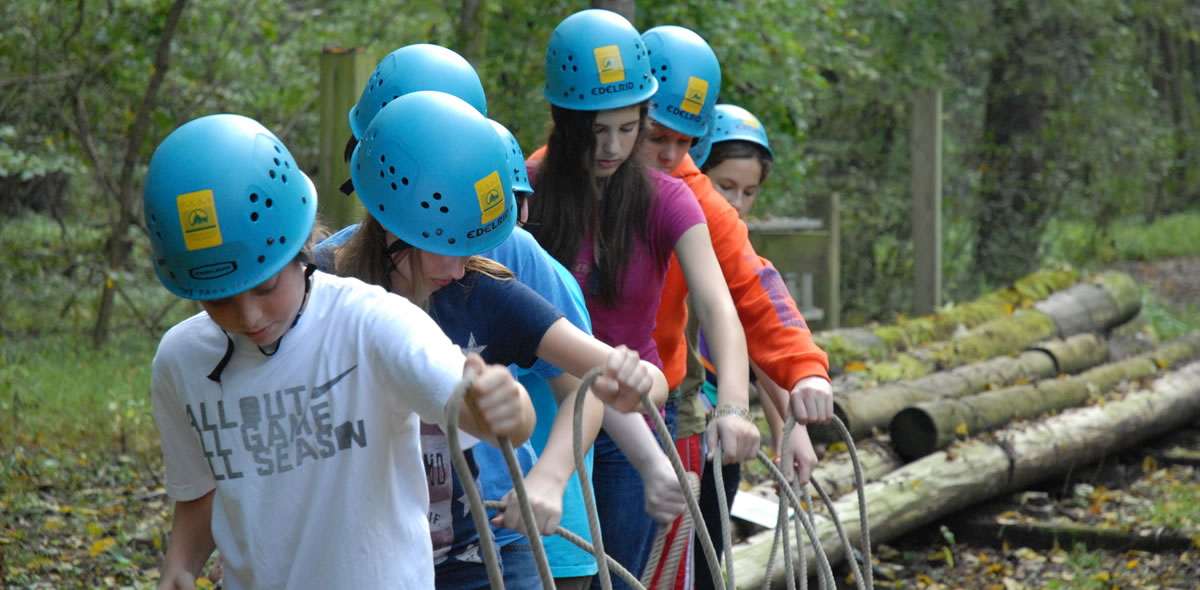Third Grade
Third grade focuses on creating self-sufficient learners who are valued members of the community.
An overarching goal of third grade is to explore culture and make connections to one’s own identity. We meet students where they are and challenge them to continue to grow academically and socially.
Language Arts
Reading
The third grade reading curriculum, which includes both fiction and nonfiction, has three major strands: independent reading books, read aloud books, and class literature books. Students read silently and orally, and discuss and write about what they read. Our goal is for the children to become skillful readers who appreciate literature of all kinds and comprehend what they read.
Writing
In the writing program, third graders explore how to communicate their ideas and feelings for a variety of purposes. We study models of fiction and nonfiction. As the children write in many forms and across the curriculum, they learn to see writing as a process (prewriting, drafting, revising, proofreading, publishing, sharing). The third grade writing program also focuses on spelling patterns and strategies, as well as rules of capitalization and punctuation.
Library
Third through fifth grade students have library twice a week – once as an individual class (solo library) and once as a whole grade group (shared library). Newbery Award-winning author Laura Amy Schlitz will read or tell a story during classroom time in the story corner. Often, a brief discussion period will follow, and then students are dismissed for silent reading. They are also invited to browse and check out books, which they do independently. “Shared” library tends to favor formal presentations such as book talks, lectures about culture, dramatizations, and longer books and stories. The third grade curriculum is supported by Native American stories and presentations about the nations of different geographic areas.
Mathematics
The third-grade mathematics curriculum is organized into units, including place value, addition and subtraction, multiplication, data analysis, 2-D geometry, and measurement. In each unit, students explore a central topic through a series of investigations, gradually encountering and using important mathematical ideas. Working collaboratively, students describe, compare, and discuss their mathematical thinking. They learn and use a variety of strategies to solve problems while building computational fluency in addition, subtraction, multiplication, and division.
Music
In third grade, students embark on a vibrant journey of discovery where they make meaningful world connections and express their creativity. At this stage, students are encouraged to experiment with creating compositions and translate their personal experiences and ideas into music. Through collaborative projects, they gain confidence in their ability to compose, improvise, and share their unique musical voices, setting the stage for a lifelong appreciation and passion for music.
The program advances Diversity, Equity, and Inclusion (DEI) and social justice initiatives. Moreover, by addressing such themes through music, and by introducing protest songs and compositions inspired by social movements, music education encourages critical thinking about societal issues and empowers students to engage in meaningful dialogue about equity and justice. Through this inclusive lens, music education becomes a powerful tool for change, promoting understanding and respect across different cultures and backgrounds.
Physical Education
In third-grade physical education, students continue to practice and refine their gross motor skills while continuing to develop fine motor skills. They learn to apply and acquire knowledge of movement and fitness as they build social skills related to space and movement. Third graders are also introduced to the Park School Physical Education Habits of Mind (Best Effort, Respect, Cooperative Learning, Fair Play, Lifelong Fitness, Perseverance, and Skill Building) as an overarching theme in the Lower School.
Science
Third grade begins with an exploration of our local watershed and the waters that drain into the Chesapeake Bay. We explore water systems, ecosystem dynamics, human influence, and design solutions to the problems facing the largest estuary in North America. Through inquiry-based observation, experimentation, and a deep exploration of our wooded campus and stream, students build their understanding of intricate ecosystems and organismal adaptations to the environment. In the second semester, students explore the forces and interactions of mechanical machines, studying and experimenting with ramps, levers, pulleys, and more. Students apply their knowledge and hone their collaborative skills by building a classroom Rube Goldberg machine. At the end of the year, the third grade returns to the grounds of the school, studying invertebrates in the stream and the plants of the Park woods.
Spanish
Third-grade students continue to develop communication skills and an understanding of diverse Spanish-speaking cultures. They explore the language through themes connected to the classroom curriculum, using targeted vocabulary and complex sentence structures. The Spanish curriculum emphasizes repetition to retain the language. Throughout the year, students immerse themselves in four major units: describing physical characteristics, talking about their school, discussing their homes, and exploring vocabulary related to birthdays. Throughout these units, they practice reading, listening, writing, phonetics, and frequently used verbs through engaging projects, songs, stories, and games, allowing them to acquire the language naturally.
Technology
While third graders take large leaps in building and expanding upon skills developed in the first and second grades related to creativity, communication, and research, they also venture deeply into programming with tools such as Scratch and digital citizenship lessons from the Common Sense K-12 Digital Citizenship Curriculum. Third graders are taught multitasking techniques and can collect, analyze, process, and display data with digital graphing tools like Google Sheets. Students also learn to create and print 3-D designs with Tinkercad software. Working collaboratively with the Lower School librarian, students actively participate in research stations to demonstrate and practice their research skills. Third-grade students explore the world of robotics using Lego Mindstorms. Additionally, students create animations to display their creativity. Elective after-school programs offer third through fifth-graders the opportunity to dive deeper into robotics and programming with Lego Mindstorms.
Theme Studies, Social Studies, History
The year-long theme of third grade is the study of three cultural groups who lived in Maryland during the 17th century. Students learn about Indigenous Americans, English colonists, and enslaved West Africans. The culture of West Africa is explored to add a deeper context to the lives of enslaved Africans. This study focuses on the ways in which environments, values, and colonization shape how cultures meet their basic needs. The students venture into the woods on campus to create survival tools and shelters, while field trips enrich the curriculum. In addition, students meet weekly to explore hands-on crafts from the three cultural groups.
Visual Arts
Third grade artists stretch and explore through guided observation drawing, explorations in grayscale and painting strategies, printing monoprints, building clay coil pots, exploring stop-motion animation, and sewing their own stuffed animals. Throughout the year, students reflect on the creative process as a journey and pay particular attention to the Principles of Design (pattern, contrast, emphasis, balance, scale, harmony, and rhythm/movement). All students in Grades 3-5 keep a personal sketchbook for generating and recording ideas and designs, as well as a digital portfolio in which they document their process and their results.





